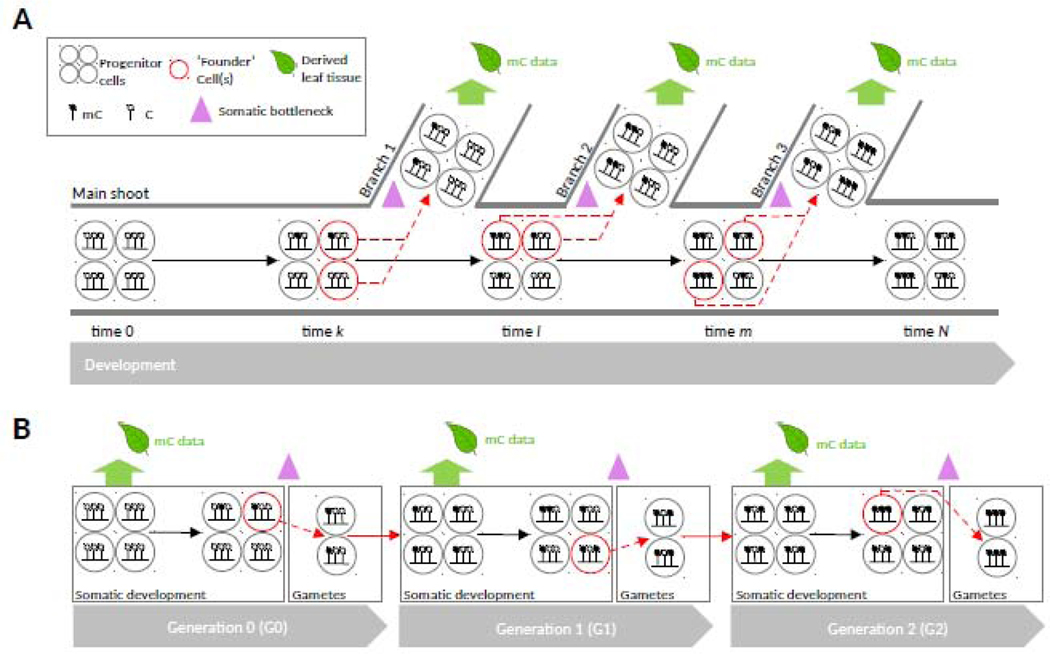Fig. II: Somatic accumulation and transgenerational inheritance of CG epimutations in plants.
(A) The failure to maintain CG methylaiion during the mitotic divisions of SAM-derived progenitor ceils leads to spontaneous somatic epimutations that are inherited to lateral branches. Shown here are only spontaneous gains of methylation on a haploid genome, for simplicity Since only a small number of progenitor cells act as “founders” to new lateral branches, the finite sampling of these cells forces CG epimutations through a strong bottleneck at each branch point. As a result, they eventually become “fixed” in newly formed vegetative lineages through “somatic drift” This process leads to increased mC divergence between leaves originating from different terminal branches (e.g. leaf methylomes from Branch 1 and 2 are more similar than those from Branch 1 and 3). (B) Cells that give raise to the gametes are aJso derived from SAM precursors quite late in development This means that somatically acquired CG epimutations can be inherited to the next generation Stable passage through the generation barrier is possible in plants, as the CG methylome is not extensively reprogrammed in the sex cells and early zygote. At each generation, only two gametes from a single germline (males or female) are shown for simplicity

